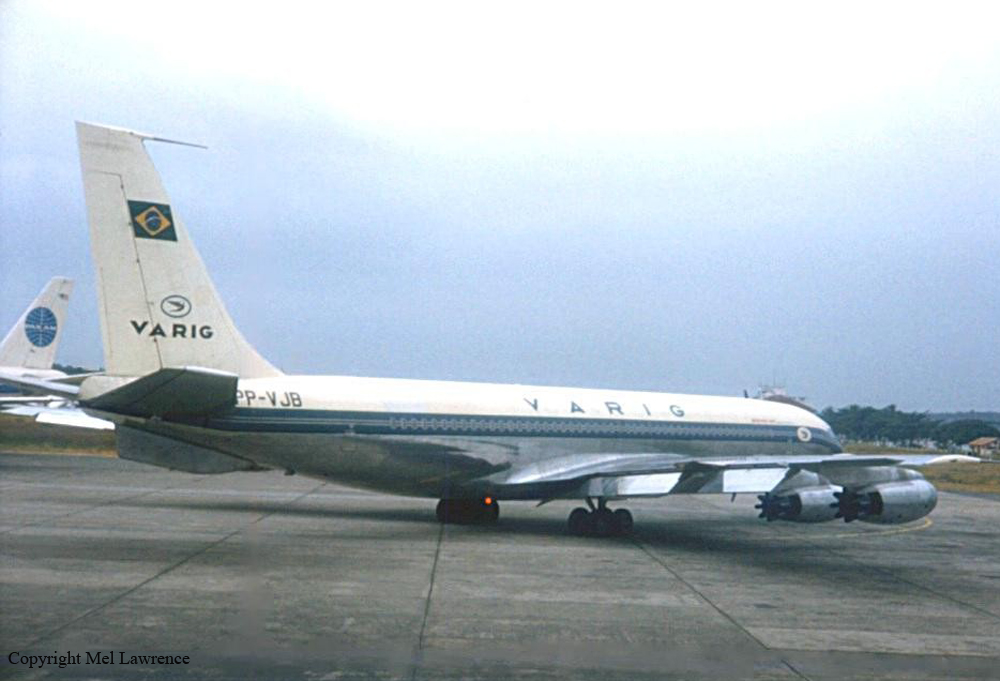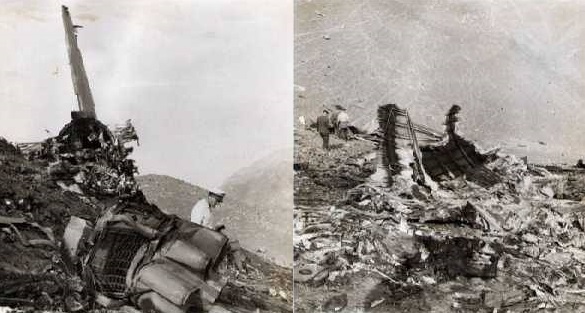Crash of a Curtiss C-46D-15-CU Commando on Mt Saguancancha: 9 killed
Date & Time:
Mar 18, 1965 at 1800 LT
Registration:
OB-R-577
Survivors:
No
Schedule:
Lima – Tarapoto
MSN:
33724
YOM:
1945
Crew on board:
6
Crew fatalities:
Pax on board:
3
Pax fatalities:
Other fatalities:
Total fatalities:
9
Circumstances:
While cruising in limited visibility, the airplane struck the slope of Mt Saguancancha. The wreckage was found few hours later and all nine occupants have been killed.









